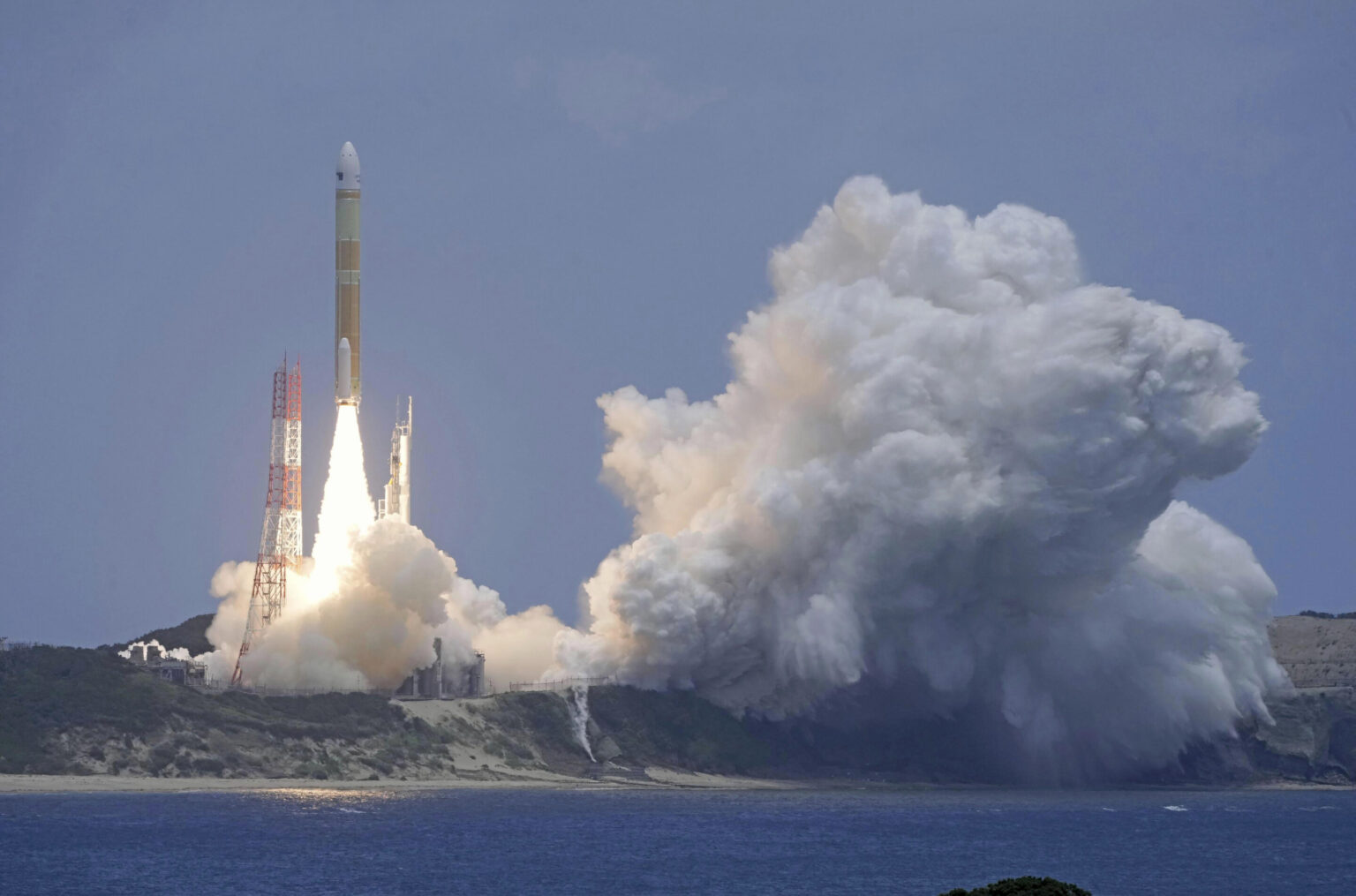Japan’s space agency JAXA has launched an advanced ALOS-4 surface observation satellite into orbit. This was done with the new H3 rocket, which should finally replace the carriers being used now.

Japan launched a new satellite
Japan launched a new Earth observation satellite, ALOS-4, on Monday, July 1. In fact, this launch was supposed to take place as early as Sunday. However, due to poor weather conditions over the space center on Tanegashima Island, it had to be postponed.
However, it did succeed on the second try. As reported by representatives of the space agency JAXA 16 minutes later, the satellite ALOS-4 separated from the carrier and successfully entered the desired orbit. The carrier’s performance was not reported separately, but it apparently worked as intended.
ALOS-4 is a new and improved observation satellite for a wide range of missions. It is capable of tracking natural disasters and mapping the surface. It can also be used for military applications, such as tracking ballistic missile launches.
ALOS-4 is a development of the ALOS-2 series satellites. It differs from them in the wider band in which it can make observations. Japan plans to use both types of satellites in parallel.
New H3 rocket
In fact, the news of the successful launch of the H3 rocket is even more important than the launch of the satellite itself. Japan sees this carrier as a replacement for its current “workhorse” H-2A. According to JAXA, the latter has only two launches left, after which it will be finally decommissioned.
But everyone has to have confidence in the H3 for that to happen. And its development has already been delayed by years compared to the original plan. And then there were as many as two emergency launches in a row. Only on February 17 this year, the first carrier of this class successfully completed its mission.
A second successful launch should finally confirm that it works properly. Both JAXA and Mitsubishi Heavy Industries, which is acting as the prime contractor in the production, are extremely interested in this. They all want to see the H3 not only technically but also commercially attractive.
According to phys.org


